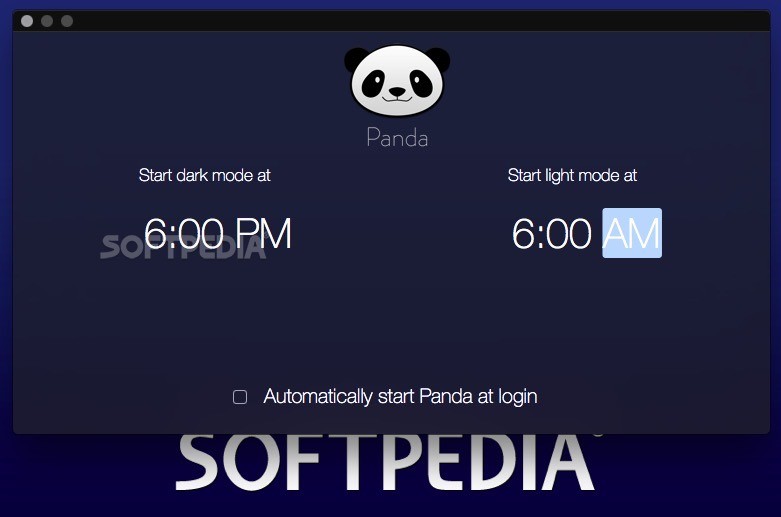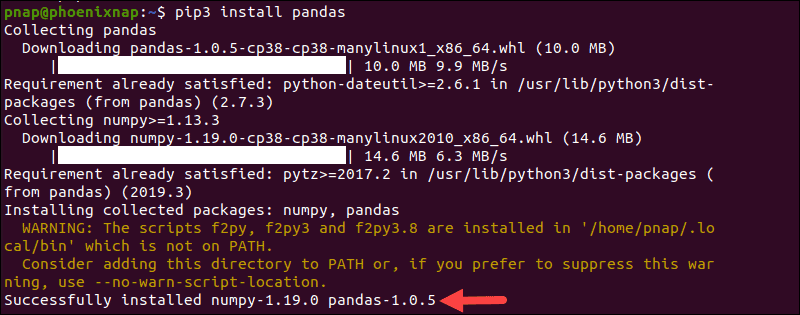


Also, we can quickly view our data in this manner, which makes our task much easier than dealing with data in the form of lists or dictionaries. The fact that Pandas saves the information as a Python object containing rows and columns, comparable to data saved in Excel files, is probably its best feature.

So, what exactly is Pandas? Pandas is an acronym that stands for " Python Data Analysis Library." Pandas is a widely used library for managing tabular data, data manipulation, and analysis based on NumPy. Now that you're familiar with NumPy let's move on to Pandas. But why NumPy? Because NumPy is the foundation of the open-source software package Pandas. xlsx " files which include numerical data and textual metadata about those data.īefore delving into the intricacies of the Pandas Library, we must first grasp the idea of NumPy arrays. It has numerous application possibilities, but the preferable situation is to read files that are not solely numerical, such as ". However, there are occasions when various sorts of data are involved, and Numpy is not usually the ideal choice. NumPy may considerably simplify our lives when dealing with large amounts of numerical data.


 0 kommentar(er)
0 kommentar(er)
